Do you ever look at your utility bill and wonder why it’s so high? Could it be that you’re not just paying for what you use but also for hidden fees and sneaky charges?
1. Estimated Readings
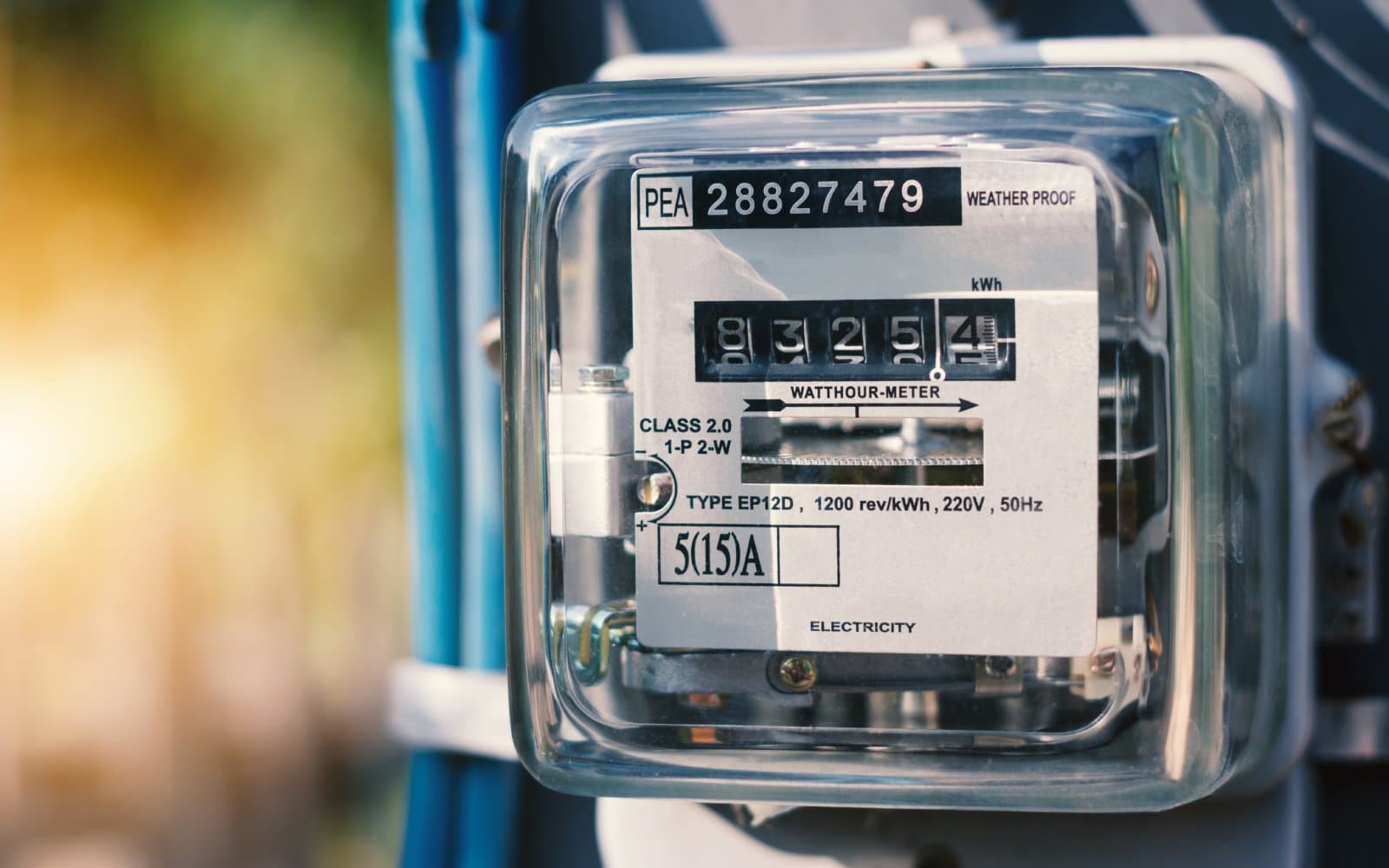
Instead of actual meter readings, some companies use estimates, which can often be higher than your actual usage. Always check whether your bill is estimated and request a real reading if possible.
2. Peak Hour Pricing

Utility rates can skyrocket during peak hours. If you’re not aware of these times and adjust your usage accordingly, you’ll see it reflected in your bill.
3. Service Availability Charges

These are fees charged simply for having access to the service, regardless of how much you use. This base fee can sometimes be increased without clear communication.
4. Inefficient Billing Cycles

Sometimes, billing cycles are set up in a way that pushes you into higher tariff brackets more quickly. Check how your billing cycle is structured to avoid this trap.
5. Unnecessary Service Plans

Your bill might include additional services or maintenance plans that you didn’t explicitly agree to or need. Review your account details regularly to opt-out.
6. Non-Regulated Supply Charges

Some companies add charges for energy supply that exceed regulatory limits. It’s worth comparing these charges to what’s typical in your area.
7. High Administrative Fees

Look out for unusually high fees for customer service or account maintenance, which should reasonably be part of the service, not an extra.
8. Minimal Usage Penalties
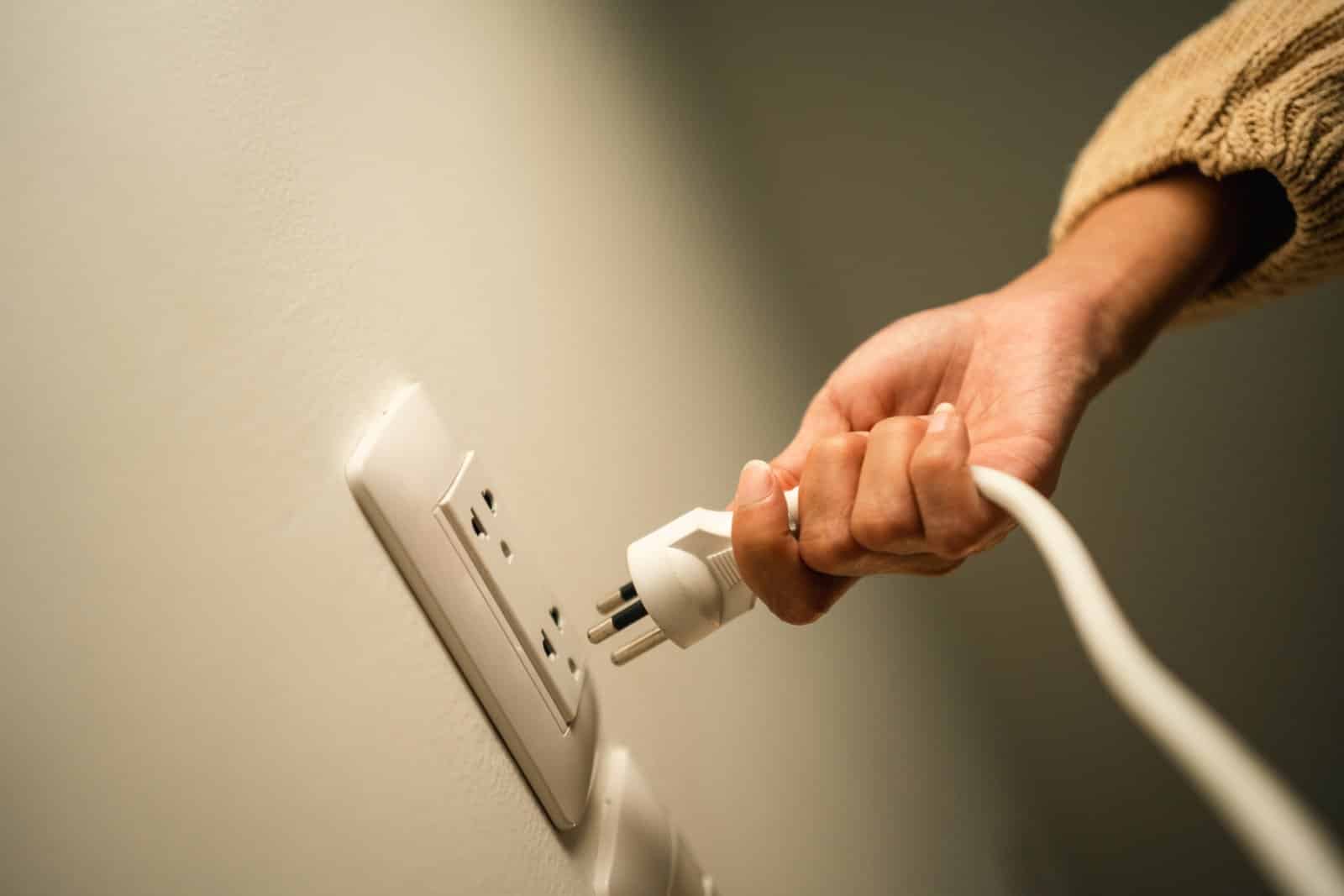
If your usage falls below a certain level, some companies impose penalties. This can unfairly penalize those trying to conserve energy.
9. Inaccurate Meter Readings
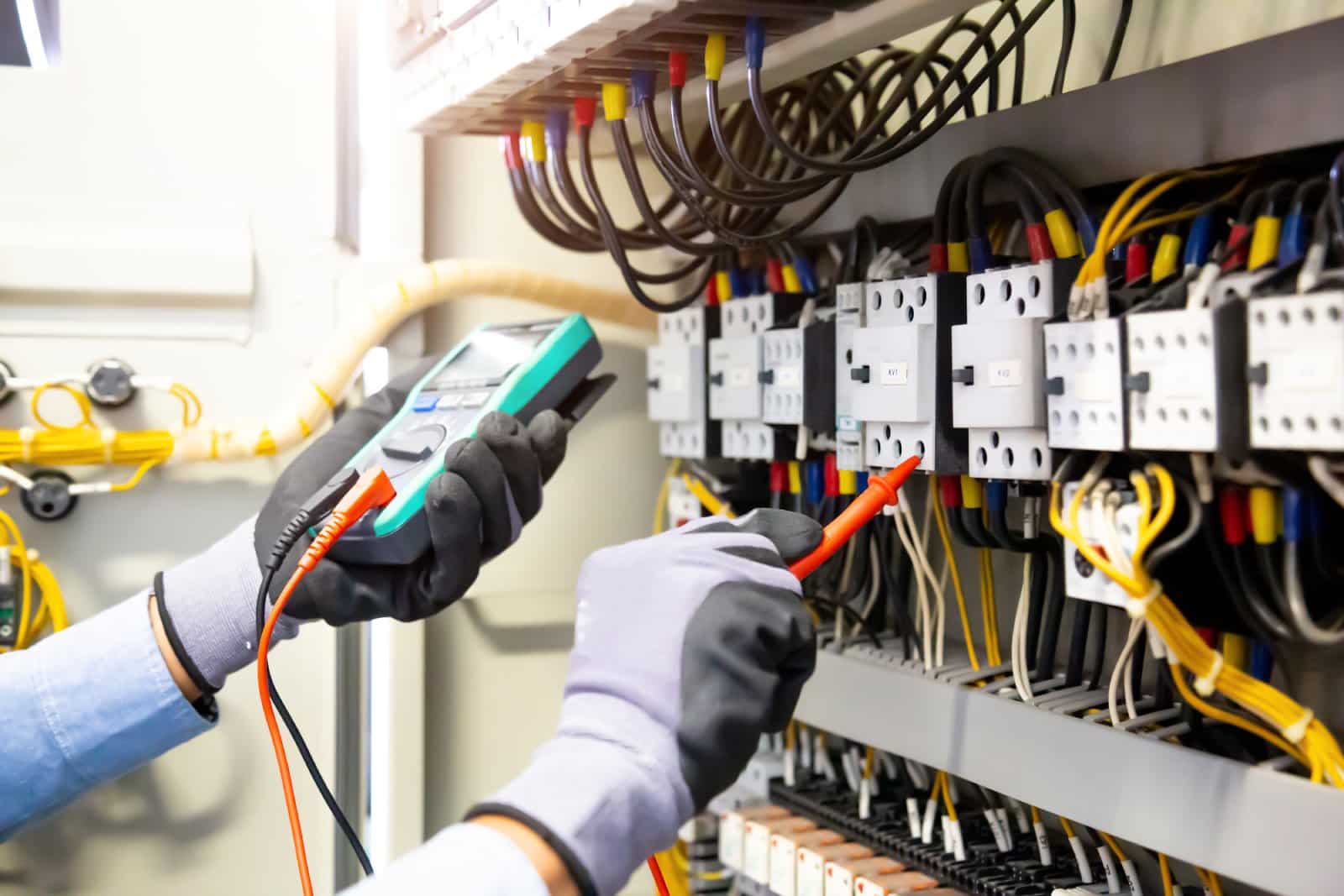
Faulty meters or human error in reading them can lead to charges for energy you haven’t actually consumed. Regularly compare your meter with your bill.
10. Rate Confusion

Companies often offer complex rate structures that are difficult to understand and compare. This complexity can mask higher rates.
11. Fees for Paper Billing
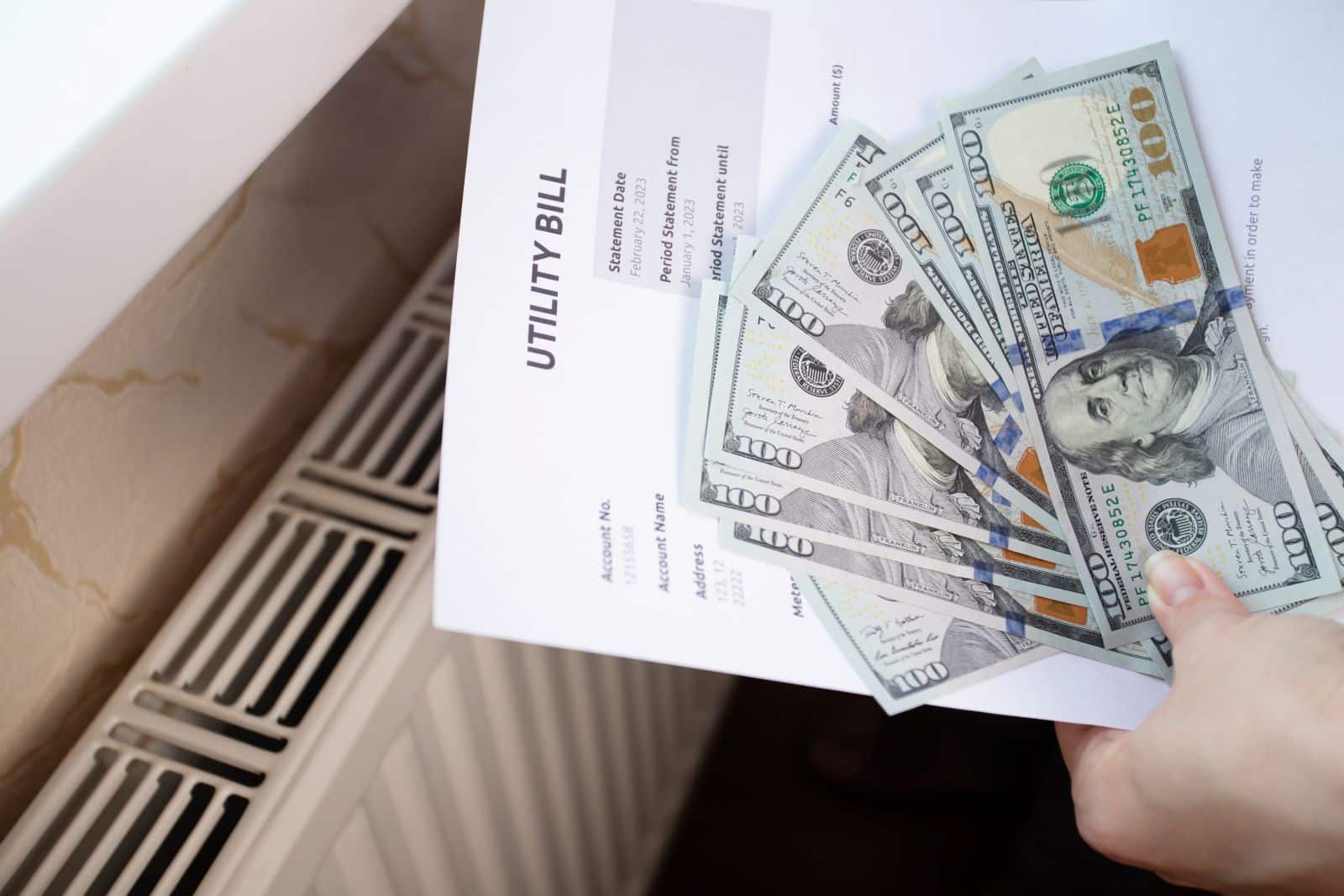
Charging extra for sending a paper bill is a common practice. Opting into online statements if possible can save you these fees.
12. Early Termination Fees

If you switch providers, watch out for hefty early termination fees that weren’t clearly disclosed when you signed up.
13. Tacked-on Environmental Charges

Some utilities add fees meant to cover environmental compliance, which can be inflated beyond the actual cost of compliance.
14. Charges for Payment Methods

Fees for paying by credit card, online, or even in-person can be an unnecessary extra. Check for payment methods that don’t carry fees.
15. Energy Recovery Fees
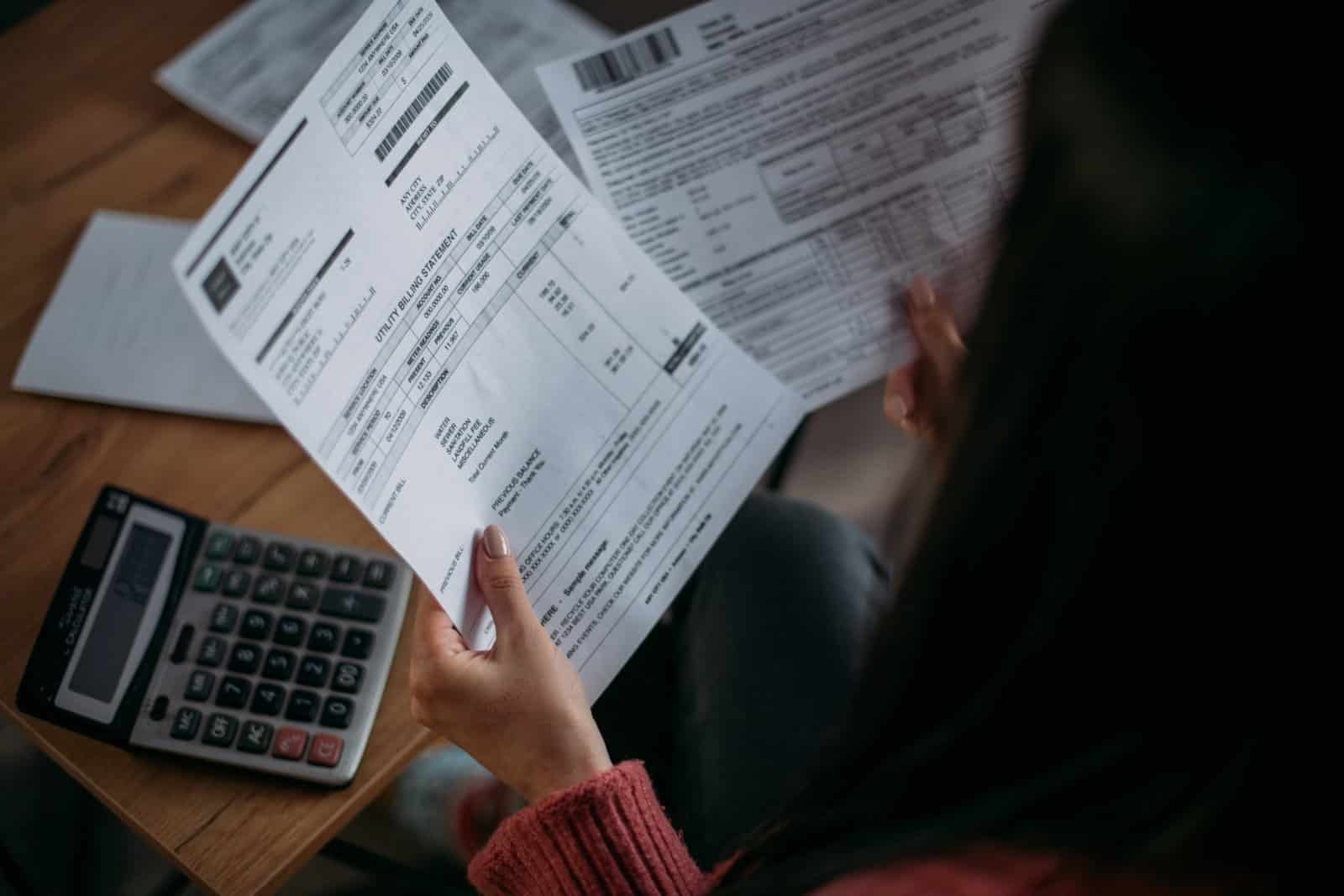
These are supposed to help utilities recoup investments in energy infrastructure, but they can be misapplied or outdated.
16. Unclear Tiered Pricing

Tiered pricing should incentivize lower usage, but if tiers are structured poorly, you might end up paying more despite conservative usage.
17. Redundant Line Charges

Paying separately for line maintenance on top of regular service charges can be an example of double-dipping by the utility company.
18. Inflated Capacity Charges

These are meant to ensure the utility can handle peak demand, but they should be based on actual capacity needs, not exaggerated estimates.
Plug the Drain on Your Wallet

Is your utilities company quietly dipping into your wallet? By understanding these sneaky charges, you can challenge them, reduce your bills, and keep your hard-earned money where it belongs. Always question what doesn’t make sense and demand transparency—after all, it’s your money on the line.
21 Illegal Household Items You Might Be Unknowingly Keeping

You might think your home is your safe haven, but could it also be a cache of contraband? Are you unknowingly breaking the law with items tucked away in your drawers or closets? 21 Illegal Household Items You Might Be Unknowingly Keeping
VA to Axe 10,000 Employees Amid $11M Scandal Fallout

The VA is under fire after a damning report revealed the department is trying to rid itself of almost 10,000 staff members while trying to keep the lid on a multi-million dollar scandal. VA to Axe 10,000 Employees Amid $11M Scandal Fallout
End of an Era: 18 All American Firms Closing Doors in the US

American retail and dining is changing irreversibly. Iconic stores and restaurants that once defined the vibrancy of community life are now fading memories, leaving behind empty storefronts and a sense of loss. End of an Era: 18 All American Firms Closing Doors in the US
Featured Image Credit: Shutterstock / BearFotos.
The content of this article is for informational purposes only and does not constitute or replace professional financial advice.
The images used are for illustrative purposes only and may not represent the actual people or places mentioned in the article.
For transparency, this content was partly developed with AI assistance and carefully curated by an experienced editor to be informative and ensure accuracy.

